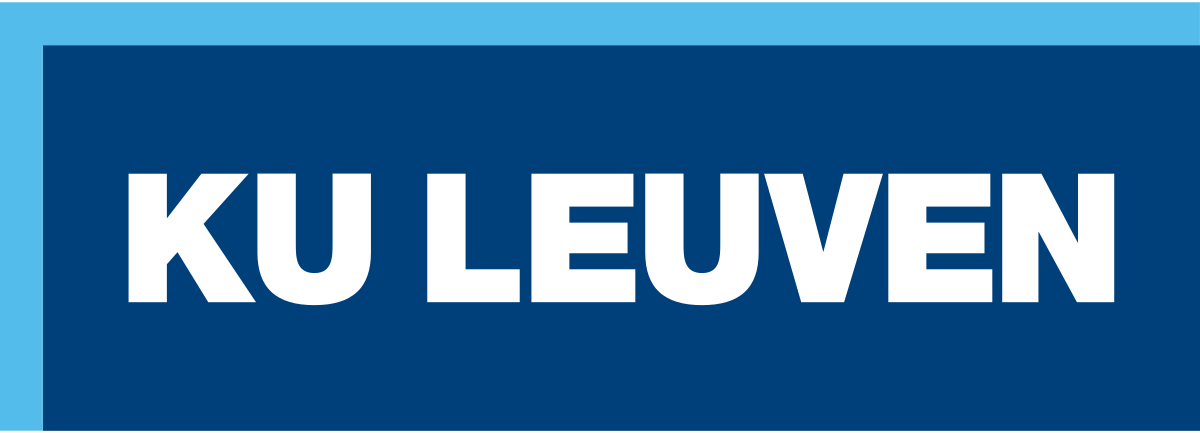KU Leuven: LISA, the First Space Telescope for Gravitational Waves, Receives Green Light
Today, the European Space Agency (ESA) gave the green light to the very first space mission dedicated to the detection of gravitational waves. With the formal adoption of the LISA mission by ESA, preparations for this space telescope are accelerating. After launch in 2035, LISA should enable the first observations of gravitational waves from space. The Belgian activities surrounding LISA have been managed by KU Leuven since 2016, under the leadership of cosmologist Thomas Hertog.
The Laser Interferometer Space Antenna , or LISA for short, will consist of three separate spacecraft. Together these spacecraft form a gigantic triangle, which appears to follow the Earth as it revolves in its orbit around the sun. The sides of this triangle are 2.5 million kilometers long, more than 6 times longer than the distance between the Earth and the moon. This makes LISA the largest experiment ever. Using lasers, the lengths of the sides of the triangle are closely monitored. The principle of an interferometer is used here: by allowing laser beams from these spacecraft to “interfere” – interact with each other – the distances between the spacecraft can be accurately measured and monitored.
After all, Einstein’s theory of relativity predicts that the lengths of the sides vary slightly as gravitational waves pass through the triangle. “Gravitational waves are, in a sense, pure geometry,” says cosmologist Professor Hertog. “There are no particles involved. They are tiny ripples in the fabric of space, constantly generated by many high-energy phenomena in the universe, from colliding black holes to supernova explosions of dying stars. They then propagate to the speed of light through the universe. Gravitational waves were first directly observed in 2015 with the LIGO detector in the United States. These waves appeared to come from the collision of two black holes 1.3 billion years ago.”
Holy grail
The idea of detecting gravitational waves from space has been around since the 1970s. The first sketches of the triangle configuration that would become the LISA mission date from that period. But gravitational waves are extremely small vibrations – the space tissue is extremely stiff. Only now, 50 years later, do the major technological challenges with these types of detectors seem to be under control. An important role in this was played by LISA Pathfinder, a spacecraft launched in 2015 that served as a test platform for LISA. Partly due to the success of LISA Pathfinder and the confirmation of the existence of gravitational waves in 2015, the LISA idea was finally launched. The transfer to ESA on January 25 is the final step towards the construction of LISA, something that will take the next 10 years.
The extremely large triangle allows LISA to observe gravitational waves with much longer wavelengths than the waves captured by the LIGO detector or the future Einstein telescope on Earth. This brings into view a whole range of new sources, ranging from the merger of enormous black holes during the collision of galaxies to the soft noise of gravitational waves that may have been generated shortly after the Big Bang.
This new milestone is also eagerly awaited in Belgium. What is the holy grail of this new form of astronomy?
I hope to be surprised. Ultimately, I hope to use LISA to test the limits of Einstein’s theory of relativity.
Cosmologist Thomas Hertog
“Einstein predicted the existence of gravitational waves as early as 1916,” Hertog continues. “But we also know that his theory does not apply to black holes and the Big Bang. And we are convinced that gravitational waves from those extreme corners of our universe can tell us something about where and how things go wrong with Einstein’s theory.”
The Belgian activities surrounding LISA have been managed by KU Leuven since 2016, under the leadership of Hertog. “In addition to modeling gravitational wave sources, an activity developed in collaboration with ULB, KU Leuven coordinates various instrumentation activities for LISA together with Belgian industry. These Belgian LISA activities are funded by the POD Science Policy (BELSPO) through the ESA Science Program and the ESA PRODEX Programme,” says Professor Hertog. Later in 2024, Professor Hertog’s team will start developing the simulation software that will allow LISA’s future observations to be simulated.
This digital twin will offer the more than 1,500 scientists involved in LISA an ultimate tool to prepare their scientific research with LISA data. This will not be an unnecessary luxury, because the LISA triangle will permanently resound with a symphony of gravitational waves generated by thousands of sources in the cosmos. To ‘read’ that score and understand the physics of those sources, we will have to know LISA inside and out. The digital twin that we are developing will play a crucial role in this. But the real answers to the big cosmic questions that scientists want to answer with LISA will require some patience.
Cosmologist Thomas Hertog

